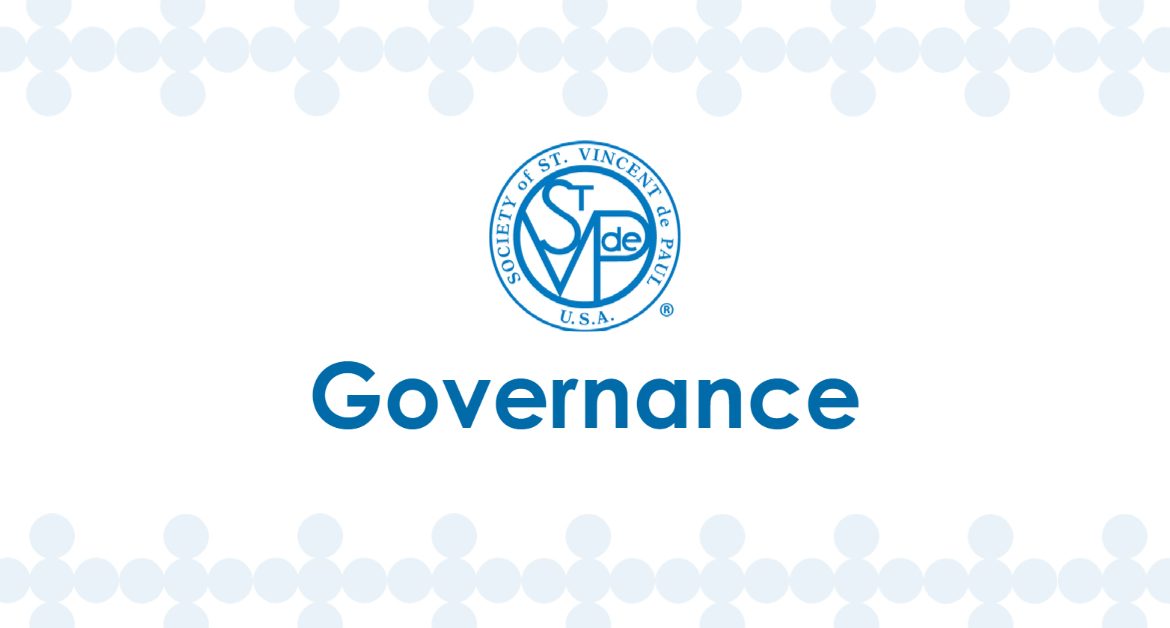HIRING A CHIEF EXECUTIVE OFFICER/EXECUTIVE DIRECTOR
The Chief Executive Officer/Executive Director is hired by and reports directly to the Council/Board. Where there is a Board of Directors, the hiring of the Chief Executive Officer/Executive Director should be confirmed by the Council. The Council President serves as the communication link between the Council/Board and the Chief Executive Officer/Executive Director. It is important to remember that, although the Chief Executive Officer/Executive Director reports to the Council/Board, he/she does not have multiple supervisors. The Chief Executive Officer/Executive Director receives direction from one person, the Council President.
SUPERVISION
The Chief Executive Officer/Executive Director is the only employee who directly reports to the Council/Board. All direction and correction of the other employees is accomplished through the Chief Executive Officer/Executive Director. If the results are not satisfactory to the Council/Board, correction is made at the Chief Executive Officer/Executive Director level. There should be no direction by a well-meaning Council/Board member to a member of the staff. Because they are on the Council/Board does not give them the authority to manage staff. All direction to staff comes from the Chief Executive Officer/Executive Director or his/her designated representative.
In the case that a Council has paid staff but does not have a Chief Executive Officer/ Executive Director, then supervision of paid staff falls to the Council President who effectively becomes the President/CEO. This places a heavy responsibility on a person who is a volunteer.
PERSONNEL MANUAL
Once a Council has any paid staff, it is important to create and maintain an up-to-date Personnel Manual. All employment practices such as hiring, managing, grievance procedures, terminations, etc. are clearly written in a Personnel Manual. Job descriptions and pay scales by position should also be included. The Personnel manual must meet all national, state, and local laws. It should have a process defined for all phases of employee relations.
TERMINATION
So often in nonprofits, termination of an employee for any reason results in a demand for money. It is believed that nonprofits fear bad publicity and will pay if there is a threat to go public. Learn how to terminate properly.
Have regular, documented performance reviews. Terminate only for failure to perform to job standards after required opportunities to improve performance, or for violation of corporate policy or law. Always terminate in accordance with the personnel manual.
WAGES/WORKING CONDITIONS
The Council strives to meet its moral obligation of a fair wage and good working conditions. With the cost of employee’s wages, workers compensation, health insurance, etc., it is very difficult to offer as much as we would like. There is a movement throughout the country to evaluate and increase wages where necessary. Minimum wage is under scrutiny. This affects all SVdP operations where paid staff exists.
Survival of the Council is the bottom line. If a Special Work’s costs or employee costs in general won’t result in money to be used for the support of our missions, then fix it now or stop doing it. A number of Councils have gotten into financial trouble because they did not take action on this appropriately or in a timely manner. Thrift Stores and Special Works are effectively business operations and should be treated as such by leadership.

